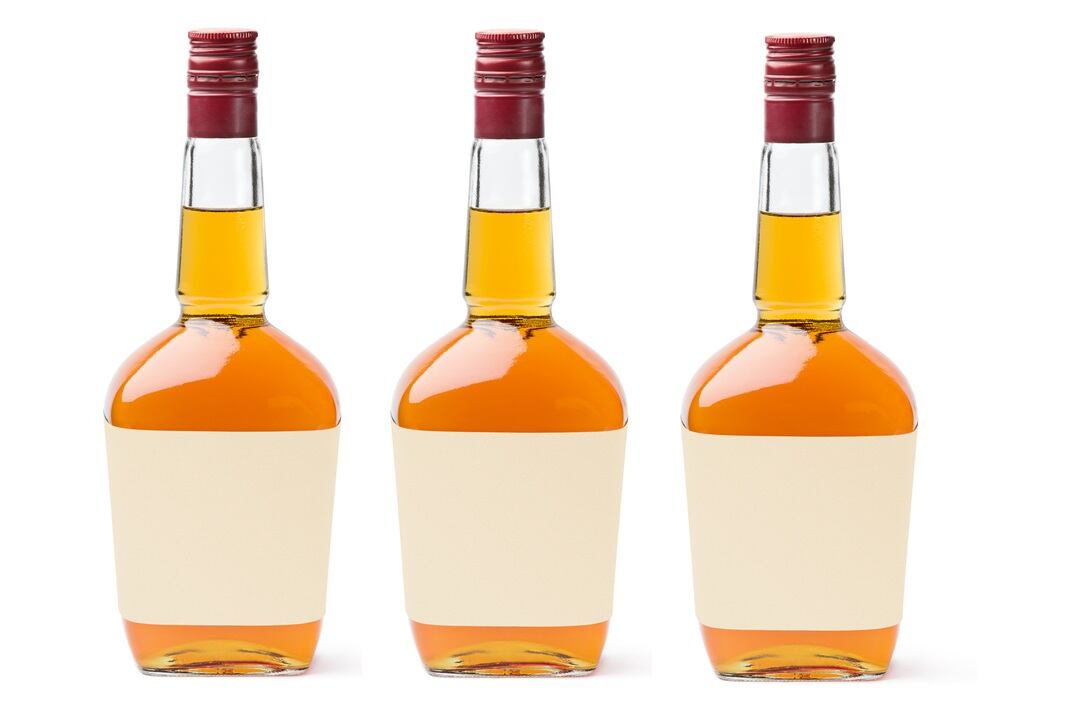Global beverage alcohol value grew by +12% last year to reach $1.17 trillion, making up for pandemic value losses of -4% in 2020, according to new data from IWSR Drinks Market Analysis based on 160 countries.
Total alcohol volume grew by +3% in 2021, after losses of -6% the year prior. IWSR forecasts compound annual volume growth of just above +1% for total beverage alcohol over the next five years, as Covid restrictions continue to ease.
“Our latest data shows encouraging signs for the continued recovery of beverage alcohol,” says Mark Meek, CEO at IWSR Drinks Market Analysis.
“The market rebounded far more quickly than expected and, in value terms, 2021 is now above 2019. Premiumisation continues unabated; beverage alcohol ecommerce also continues to grow, although at a more moderate rate; and the trend towards moderation continues, with no/low-alcohol products seeing ongoing growth from a relatively low base.
"Despite the industry’s current and future challenges – ongoing supply-chain disruptions, inflation, war in Ukraine, travel retail’s slow return to pre-2019 levels, and China’s zero-Covid policy – beverage alcohol is in a strong position."
Trends to watch: premiumization and low/no
Premiumization continues unabated for spirits and wines in the premium-and above price tier. Premium-plus spirits (priced US$22.50+) are forecast to grow by more than +50% in value in the Americas 2021–26; over +40% in Africa and the Middle East; over +20% in Europe, and just under +20% in Asia-Pacific.
In fact, the single largest driver of beverage alcohol value over the next five years will be the growth of premium-and-above national spirits in Asia-Pacific. Globally, wine in the premium-and-above price band (US$10+) grew by +12% in value last year, and is forecast to increase in value by +16% 2021–26.
Meanwhile, the no/low-alcohol category grew by over +10% last year, and will continue to grow over the next five years, albeit from a relatively low base, notes IWSR. Notable growth last year came from the no-alcohol spirits segment in the UK: volume increased by over +80% in 2021, after tripling in size in 2020.
Looking forward, no-alcohol beer will add the most volume to the global no/low segment over the next five years.
Beer
Beer rebounded strongly in several major markets once Covid restrictions ended, and is forecast to add significant value to total beverage alcohol over the next five years, especially in Asia-Pacific and Africa, which combined will add close to $20bn to the beer category by 2026.
Ongoing volume growth will be seen in Brazil; the strong rebound in Mexico and Colombia that began last year will continue; and there will be some recovery in China.
Spirits
Spirits volume grew +3% in 2021 and value increased by +15%. Growth was driven primarily by a move towards higher-end products and cocktail making at home during lockdowns.
IWSR forecasts that spirits volume will grow by +5% and value by +15% (2021–26).
Whisky, which commands about a quarter of all global spirits volume (excluding national spirits such as baijiu, soju, and shochu), is expected to post volume growth of +23% and value growth of +29% over the next five years.
Growth will continue in whisky’s largest global markets of India and the US. The whisky category in India will see volume growth of +23% (2021–26). In the US, by the end of this year, whisky will be bigger than vodka by volume – for the first time in almost two decades.
Global volume growth will also continue in almost all other spirits sub-categories over the next five years, including gin (+24%), Cognac (+23%) and rum (+13).
Last year saw higher than expected growth in agave-based spirits, which is forecast to deliver significant global value increases 2021–26, at +67%.
In the US – the world’s most valuable market for agave-based spirits – the category will become larger by dollar value than US whiskey by the end of this year. In the UK, the category’s most valuable market in Europe, agave-based spirits are forecast to grow by more than +88% in value 2021–26, albeit from a relatively low base.
Wine
Global still wine volumes were down -2% last year, but value was up by +5%.
Noteworthy gains in wine were seen in the sparkling category as consumers returned to celebratory occasions in full force with the lifting of Covid restrictions.
Champagne posted volume growth of +24% last year, and other sparkling wines were up +7.5%.
Over the next five years, the global wine category is forecast to continue on its trajectory of long-term volume decline (-1%, 2021–26), but will see value gains of +5%.
RTD alcohol
RTDs have been a stand-out category during the pandemic, increasing in volume by +14% in 2021, on top of +26% growth in 2020.
By volume, the category is now about a third of the size of the global spirits category, as well as the global wine category. Globally, RTD products are expected to grow by +44% in volume and +51% in value over the next five years.
Category growth will continue in the world’s largest RTD markets, the US and Japan. In Japan, the RTD category is expected to expand in volume by more than +30% over the next five years, driven particularly by flavored alcoholic beverages (FABs).
Propelled by hard seltzers, the US RTD category saw continued volume growth at +15% last year. Value growth (+22% last year) will begin to outpace volume growth in the US, as the category matures and higher priced spirit-based RTDs gain traction in the market.
At a lower growth rate than in previous years, hard seltzer volumes in the US are expected to overtake those of still wine within the next two years.
Consumption trends
As the generation least affected by pandemic restrictions, Millennials led the global consumption bounce-back last year.
“These consumers (now aged 25–40) are more adventurous than older generations, and with their significant spending power and focus on ‘less but better,’ they tend to purchase more premium products," notes IWSR.
"Millennials, and in some cases Gen Zs, are amongst the highest spenders on wine in markets such as Australia, Sweden, the US, and the UK. It remains to been seen if this trend continues, with governments withdrawing Covid support packages and a probable increase in unemployment rates in many markets.”
Other consumer trends affecting the category are the focus on health and wellness – such as moderation – as well as an interest on ingredient quality, sustainability and social equality.
Meanwhile, online interactions – whether through social media or through buying alcohol online – continue to shape the market: global alcohol ecommerce continued to grow last year (+16% in value 2020–2021), although this was at a slower rate than pandemic hit 2020 (+45% in value 2019–2020).
“Challenges remain, including whether bars and restaurants will continue to attract consumers who have grown comfortable with ecommerce and at-home consumption; whether consumers will accept price increases on their preferred brands; and whether inflation and supply-chain issues will lead to consumers down-trading and gravitating towards local rather than imported products,” said Meek. “We’re living in an age of uncertainty, and these are uncharted waters for the industry.
"However, as we have seen in previous crises, this is a very resilient industry sector.”



